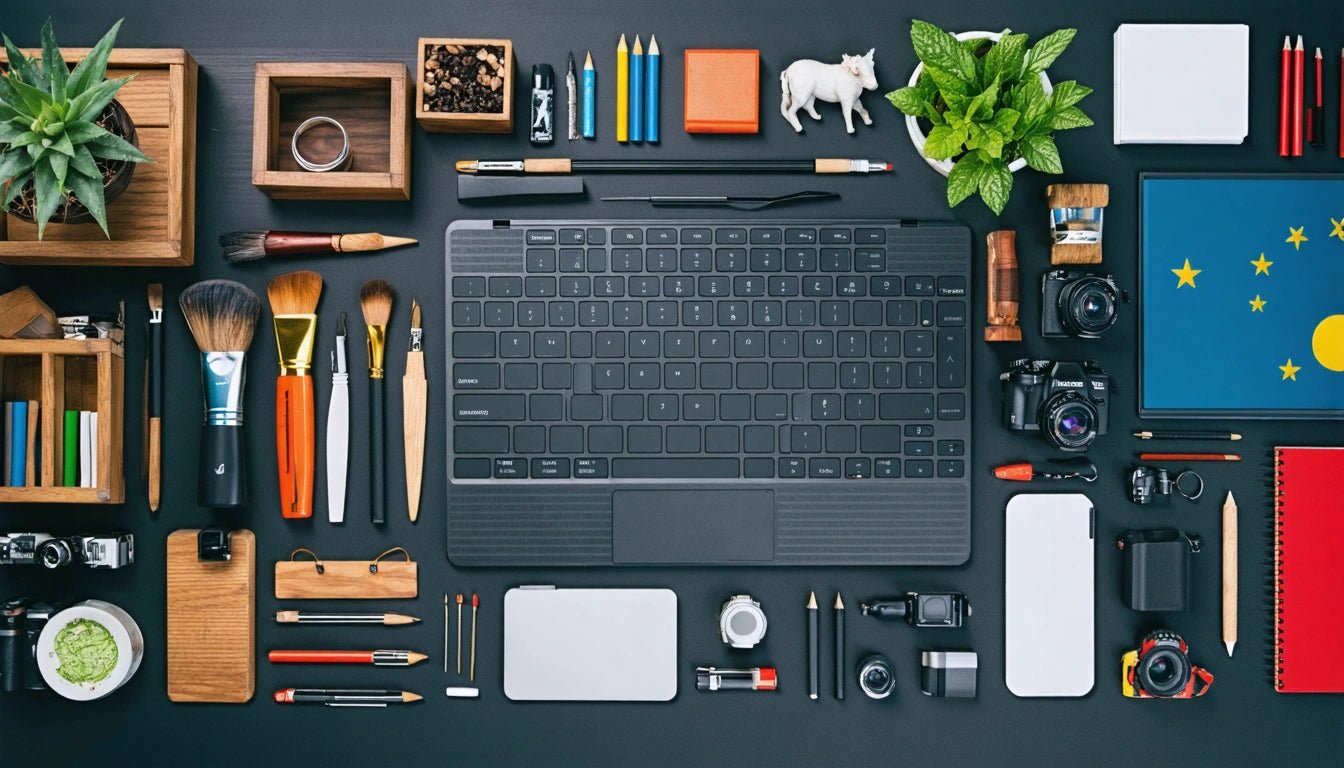Guide to Purchasing Products from China: A Step-by-Step Approach
Learning how to buy things from China can transform your business or personal purchasing power. With manufacturing costs significantly lower than domestic options, Chinese suppliers offer competitive pricing on everything from electronics to packaging materials. This comprehensive guide walks you through the process of sourcing products from China safely and efficiently.
Understanding Chinese Marketplaces
China offers several major platforms for international buyers. Each serves different purposes and buyer needs:
- Alibaba: The largest B2B platform for finding manufacturers and wholesalers
- AliExpress: Retail-focused platform with smaller minimum order quantities
- Global Sources: Vetted suppliers with higher quality standards
- DHgate: Specialized in smaller orders with faster shipping options
- 1688.com: China's domestic platform (requires translation tools)
These platforms connect you directly with thousands of suppliers across virtually every product category. Understanding which marketplace aligns with your needs is the first step in successful Chinese sourcing.
Finding Reliable Suppliers
Identifying trustworthy suppliers requires research and due diligence. When searching for manufacturers in China, consider these approaches:
1. Use Verified Supplier Filters
Most platforms offer verification systems that indicate suppliers who have undergone background checks. Look for badges such as "Gold Supplier," "Trade Assurance," or "Verified Supplier" when browsing options.
2. Assess Communication Quality
Professional communication indicates reliability. Suppliers who respond promptly, answer questions thoroughly, and demonstrate English proficiency are often more dependable for international transactions.
3. Request Samples
Before placing large orders, always request samples. This practice, common among businesses finding the best wholesale suppliers, allows you to verify product quality firsthand.
Verifying Supplier Legitimacy
Due diligence prevents scams and disappointments when sourcing from China:
- Check business licenses and certificates
- Verify physical address and production facilities
- Request client references or testimonials
- Review detailed company profiles
- Consider video factory tours if in-person visits aren't possible
Many successful importers develop relationships with suppliers who specialize in specific product categories. For example, those in the specialty packaging industry might connect with manufacturers who provide premium pre-rolled cone products and similar items to ensure consistent quality across their supply chain.
Negotiating Prices and Minimum Orders
Effective negotiation is essential when buying from China. Chinese business culture expects some haggling, but approach it respectfully:
1. Research Market Rates
Compare prices across multiple suppliers to understand the fair market value before negotiating.
2. Bundle Products
Order multiple items from the same supplier to increase your order value and negotiating power.
3. Discuss MOQ Flexibility
Minimum Order Quantities can often be reduced for first-time buyers or by accepting slightly higher unit prices.
When sourcing specialty items like cake boxes or gift boxes, understanding industry-specific pricing structures helps negotiate effectively.
Payment Methods and Security
Protecting your investment requires using secure payment methods:
- Trade Assurance: Platform-backed protection services
- Letter of Credit: Bank-guaranteed payment for larger orders
- PayPal: For smaller orders with buyer protection
- Wire Transfer: For established relationships (30% deposit, 70% before shipping)
- Escrow Services: Third-party holding funds until delivery confirmation
Never use Western Union or similar services for business transactions with unknown suppliers, as these offer no protection against fraud.
Shipping Options and Logistics
Understanding shipping methods impacts both cost and delivery timeframes:
1. Air Freight
Fastest option but most expensive. Best for urgent shipments, high-value goods, or lightweight items.
2. Sea Freight
Most economical for bulk orders. Typically takes 30-60 days but costs significantly less than air shipping.
3. Express Courier
Services like DHL, FedEx, and UPS offer door-to-door delivery with tracking. Good for samples and smaller orders.
For detailed insights on packaging and shipping techniques, consider reviewing this comprehensive shipping guide which covers many principles applicable to various product categories.
Navigating Customs and Import Duties
Importing goods involves understanding customs procedures and costs:
- Research HS codes for your products to determine applicable duties
- Consider working with a customs broker for complex shipments
- Factor import taxes and duties into your total cost calculations
- Ensure all documentation is complete and accurate to avoid delays
- Understand de minimis thresholds for duty-free imports in your country
Proper preparation prevents costly surprises when your shipment arrives at customs.
Strategies for Long-Term Sourcing Success
Building sustainable relationships with Chinese suppliers yields better pricing, priority production slots, and higher quality over time. Consider these long-term strategies:
- Visit suppliers in person when possible, particularly during trade shows like Canton Fair
- Implement quality control processes, including third-party inspections
- Develop clear product specifications and quality standards
- Maintain regular communication between orders
- Consider hiring local agents for larger operations
Whether you're sourcing DIY and packing supplies or specialized materials like bentonite clay, these principles apply across product categories.
By following this structured approach to purchasing from China, you can minimize risks while maximizing the competitive advantages of international sourcing. Start with smaller orders to build confidence, then scale as you develop reliable supplier relationships and deeper market understanding.



















